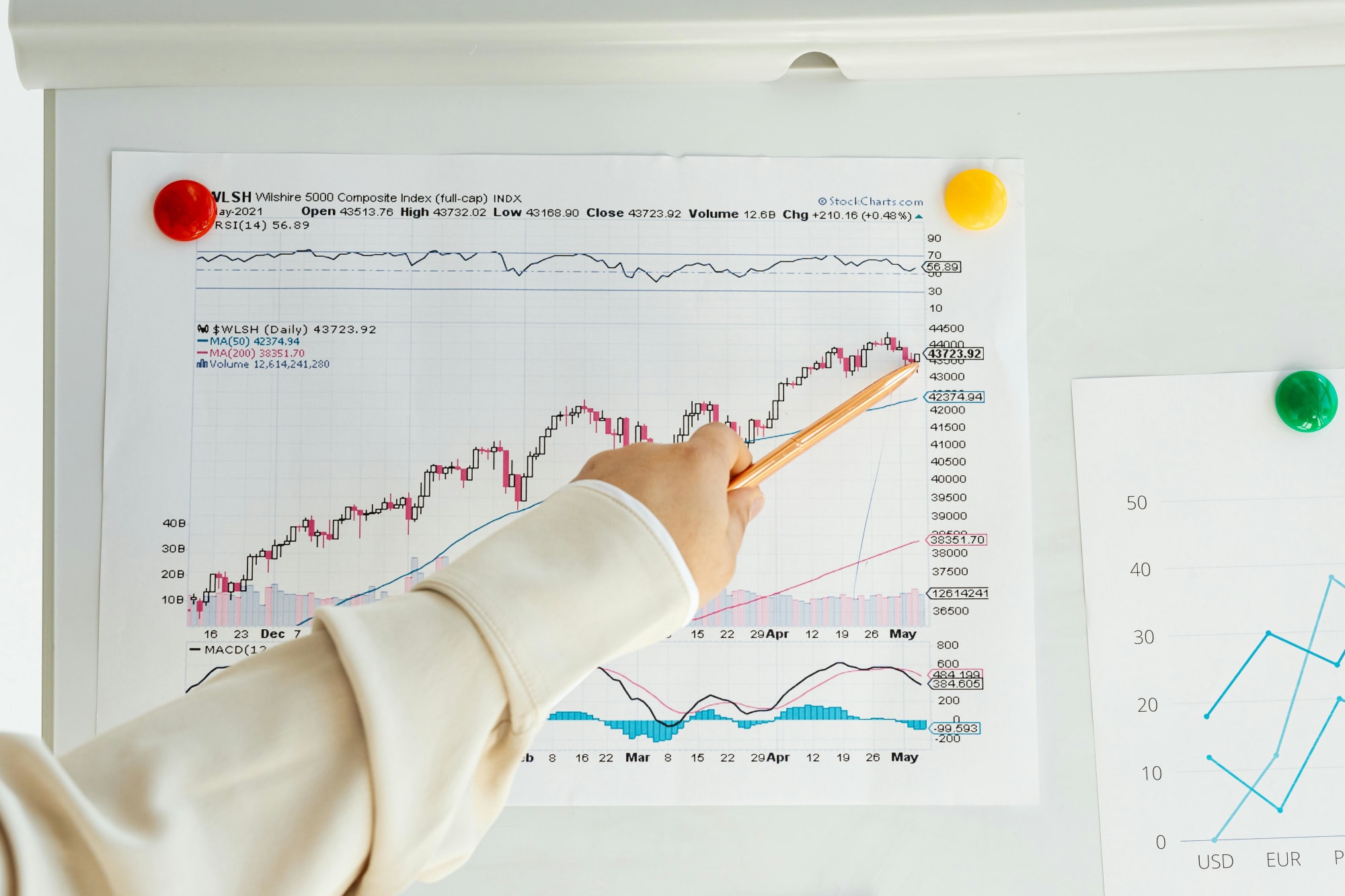Invest
Budget could be $200bn better off despite stimulus spending
A near record-high rebound in employment, business profits recovering and asset price booms are predicted to see Australia’s budget rebound by $200 billion even with an increase in government spending, an industry expert has revealed.
Budget could be $200bn better off despite stimulus spending
A near record-high rebound in employment, business profits recovering and asset price booms are predicted to see Australia’s budget rebound by $200 billion even with an increase in government spending, an industry expert has revealed.

With the budget predicted to be a tax sweetener for voters ahead of a federal election, analysis by UBS has revealed that it is unlikely to have an impact on Australia’s bottom line.
UBS economist George Tharenou predicts a more rapid than expected decline in JobSeeker recipients, led by a rise in employment and strong commodity prices which are leading to a faster than expected recovery.
“If the momentum continues for the rest of 2020-21, the deficit will be up to $50 billion smaller than expected. However, we allow for a conservative forecast and new policies, so we forecast the budget will present a $35 billion improvement,” Mr Tharenou said.
The economist pointed to the strong employment-to-population ratio, which is nearing record highs, as well as a business profits and asset prices boom, which Mr Tharenou opined has limited the long-term impact of the economic downturn.

“Hence, it’s plausible the budget will project a return to balance in 24/25, with a cumulative improvement of $200 billion across the profile,” he said.
Westpac chief economist Bill Evans agrees, highlighting 2021 will be a big year for stimulus despite Australia’s stronger than expected job figures.
“The labour market needs to remain “tight” for some time before the upward pressure builds on wages. So, while the unemployment rate might now be forecast to reach 4.5 per cent by mid-2023, it is still 0.5 per cent away from even reaching full employment and those ‘tight’ conditions,” Mr Evans said.
He noted that policymakers will be looking for strong wage growth before they look to reduce stimulus, but pointed out this is unlikely until the second half in 2024.
“There may well be pockets of wage pressure in 2022 as closed borders squeeze labour supply in some sectors.
“Policymakers are likely to look through those short-term pressures both on wages and, arguably, prices until borders reopen and labour supply is re-established. It is for these reasons that we think monetary policy in 2021 will remain fully committed to stimulus,” Mr Evans explained.
The big four bank’s economist believes strong iron ore prices and improvements in labour markets will lead to a stronger budget position, with the government likely to capitalise on its improving starting point for the deficits in 2020-21 and 2021-22.
“That will provide ample scope to initiate policies to sustain strong support for the economy, the economist predicts.
“Initiatives around personal tax, child care, aged care, energy and education should see significant boosts to spending in the federal budget on May 11,” Mr Evans concluded.
About the author

About the author


Economy
RBA's hawkish stance reflects inflation concerns, State Street economist comments
In a recent statement, the Reserve Bank of Australia (RBA) has signaled a hawkish stance on interest rates, drawing insights from financial experts about the implications for Australia's economic ...Read more

Economy
Navigating the inflation maze: How CFOs can outsmart economic hurdles in Australia
Fresh inflation data have cooled expectations of near-term rate cuts in Australia, intensifying pressure on margins, capital allocation and demand. Rather than wait for monetary relief that may not ...Read more

Economy
Inflation concerns rise as Australia's CPI climbs to 3.8% in October
Australia's latest Consumer Price Index (CPI) figures have sent ripples through the economy, with headline inflation accelerating to 3.8% year-on-year in October, up from 3.6% in September. The data, ...Read more

Economy
October CPI results pose challenges for RBA’s monetary policy stance
In a surprising turn of events, the October Consumer Price Index (CPI) data has raised eyebrows among economists and market strategists, revealing stronger-than-expected inflationary pressures in ...Read more

Economy
Global deal activity declines by 6% amid economic uncertainty, reports GlobalData
In a year characterised by economic turbulence and evolving market conditions, global deal activity has witnessed a notable downturn during the first ten months of 2025. According to GlobalData, a ...Read more

Economy
Australia’s softening labour market puts another RBA cut in play — here’s what business should do now
A four-year high in unemployment has revived expectations the Reserve Bank could deliver another rate cut as soon as November. With quarterly GDP growth running at 0.6 per cent and annual growth at ...Read more

Economy
Rising CPI reinforces RBA’s stance as rate cut expectations remain: State Street
State Street Global Advisors says the Reserve Bank of Australia (RBA) is likely to hold its current policy outlook following the release of September quarter inflation data, which showed an unexpected ...Read more

Economy
NSW SES boosts tsunami preparedness ahead of World Tsunami Awareness Day
As World Tsunami Awareness Day approaches on 5 November, the New South Wales State Emergency Service (NSW SES) is ramping up efforts to enhance tsunami preparedness along the east coastRead more

Economy
RBA's hawkish stance reflects inflation concerns, State Street economist comments
In a recent statement, the Reserve Bank of Australia (RBA) has signaled a hawkish stance on interest rates, drawing insights from financial experts about the implications for Australia's economic ...Read more

Economy
Navigating the inflation maze: How CFOs can outsmart economic hurdles in Australia
Fresh inflation data have cooled expectations of near-term rate cuts in Australia, intensifying pressure on margins, capital allocation and demand. Rather than wait for monetary relief that may not ...Read more

Economy
Inflation concerns rise as Australia's CPI climbs to 3.8% in October
Australia's latest Consumer Price Index (CPI) figures have sent ripples through the economy, with headline inflation accelerating to 3.8% year-on-year in October, up from 3.6% in September. The data, ...Read more

Economy
October CPI results pose challenges for RBA’s monetary policy stance
In a surprising turn of events, the October Consumer Price Index (CPI) data has raised eyebrows among economists and market strategists, revealing stronger-than-expected inflationary pressures in ...Read more

Economy
Global deal activity declines by 6% amid economic uncertainty, reports GlobalData
In a year characterised by economic turbulence and evolving market conditions, global deal activity has witnessed a notable downturn during the first ten months of 2025. According to GlobalData, a ...Read more

Economy
Australia’s softening labour market puts another RBA cut in play — here’s what business should do now
A four-year high in unemployment has revived expectations the Reserve Bank could deliver another rate cut as soon as November. With quarterly GDP growth running at 0.6 per cent and annual growth at ...Read more

Economy
Rising CPI reinforces RBA’s stance as rate cut expectations remain: State Street
State Street Global Advisors says the Reserve Bank of Australia (RBA) is likely to hold its current policy outlook following the release of September quarter inflation data, which showed an unexpected ...Read more

Economy
NSW SES boosts tsunami preparedness ahead of World Tsunami Awareness Day
As World Tsunami Awareness Day approaches on 5 November, the New South Wales State Emergency Service (NSW SES) is ramping up efforts to enhance tsunami preparedness along the east coastRead more








